For some reason, you’ve made it to this article to help you troubleshoot your furnace pressure switch.
Whatever the reason, this article will help you understand what a pressure switch does, its purpose, how to confirm that it’s failed, and then finally, why it failed.
If you’re further down the road of understanding your problem, just skip to the section you need.
Remember, though, your furnace pressure switch might be OK, and it’s just tripping because it’s doing its job, and reading through these sections fully can help you to figure out if that’s the case.
Table of Contents
🔥 What Does a Pressure Switch Do?
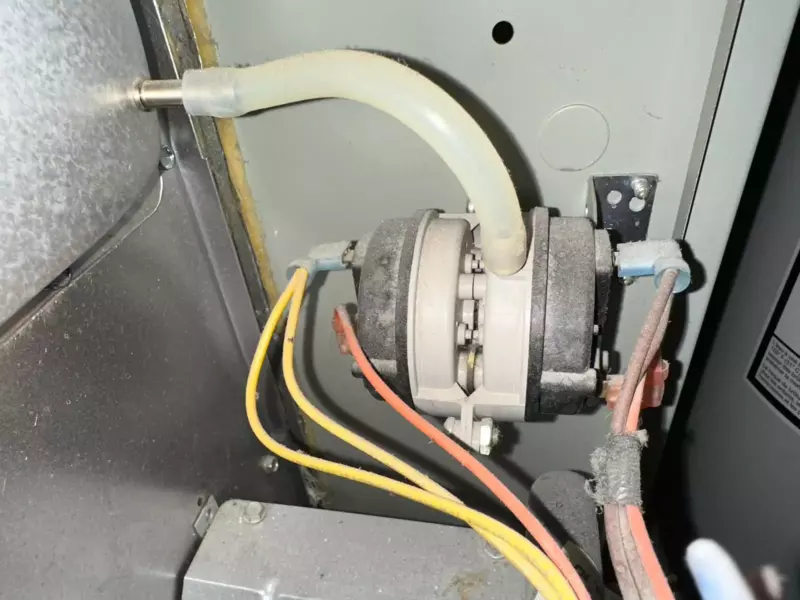
A furnace pressure switch is used in a furnace to confirm that the draft inducer motor is effectively removing all of the products of combustion from the heat exchanger.
It is usually connected by tubing to the entry and exit of the heat exchanger so that it can see the difference in pressure that the inducer motor causes.
This pressure difference is determined by the furnace manufacturer.
🔥 The Purpose of Your Furnace’s Pressure Switch
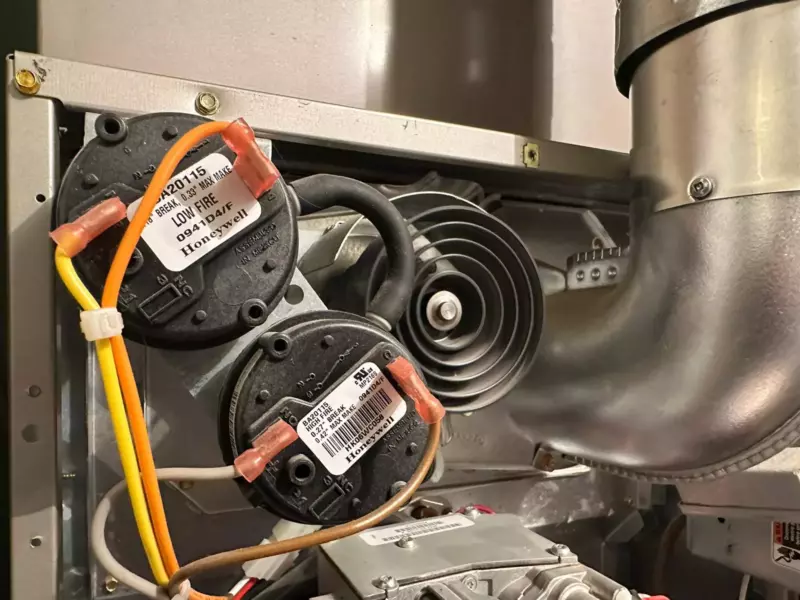
The purpose of a furnace pressure switch is to sense a specific pressure difference when the inducer motor is running.
The pressure difference can be affected by draft inducer motor failure, venting issues, heat exchanger issues, and condensate drain issues.
🔥 How to Test a Furnace Pressure Switch
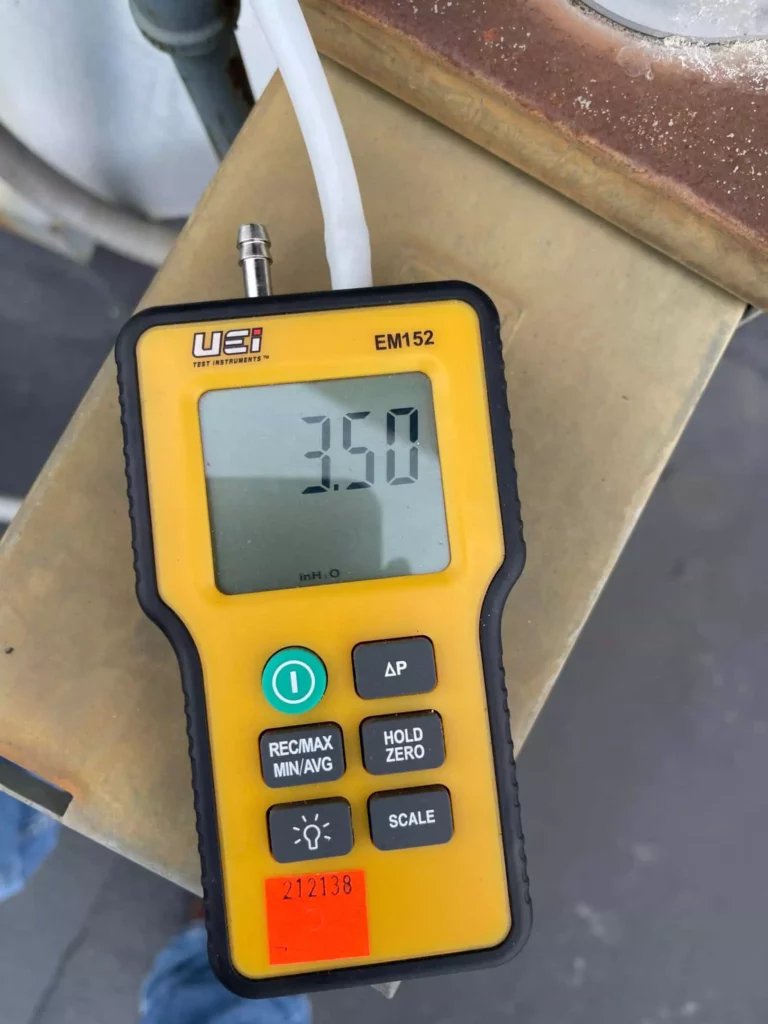
To test a furnace pressure switch, you will need a manometer.
It’s an HVAC tool that tests pressure differences by measuring inches of water column (“WC.).
You’ll need to attach the manometer to the tubing on the furnace pressure switch to get a reading when the draft inducer motor is running.
Once you have that reading, you can compare it to the pressure switch reading.
If your reading is above the specification on the pressure switch, then your switch has failed.
If the reading is below the specification, your pressure switch is good, and the problem is somewhere else.
If you’re in this scenario, you should read our article on furnace repair problems and solutions.
🔥 Types of Furnace Pressure Switches
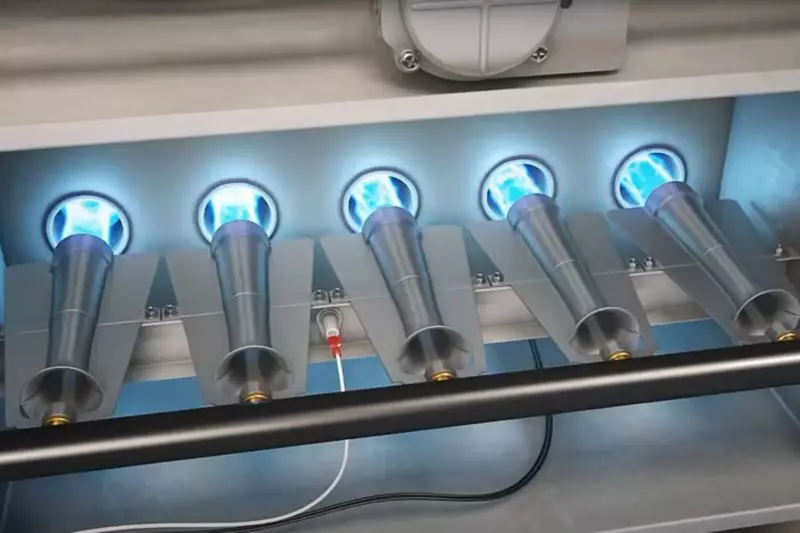
🔧 Single-Stage Conventional Furnace Pressure Switch:
This pressure switch has one tube from the switch to the body of the draft inducer motor.
The 24-volt electrical connection on this switch closes and lets the electricity through once the inducer starts and proves that the pressure requirement is met.
🔧 Single-Stage Condensing Furnace Pressure Switch:
This pressure switch has two hoses, one going to the burner enclosure and the other to the condensate collector box.
This is different from a conventional furnace because this pressure switch looks for a difference between the two pressures.
🔧 Two-Stage Condensing Furnace Pressure Switch:
This works the same way as the above condensing furnace pressure switch, except there are two pressure switches.
If there are two pressure switches, they are usually installed as a combined part.
A modulating furnace may have three pressure switches.
A replacement pressure switch for a modulating furnace can be much more expensive than the other options.
🔥 How to Troubleshoot a Furnace Pressure Switch
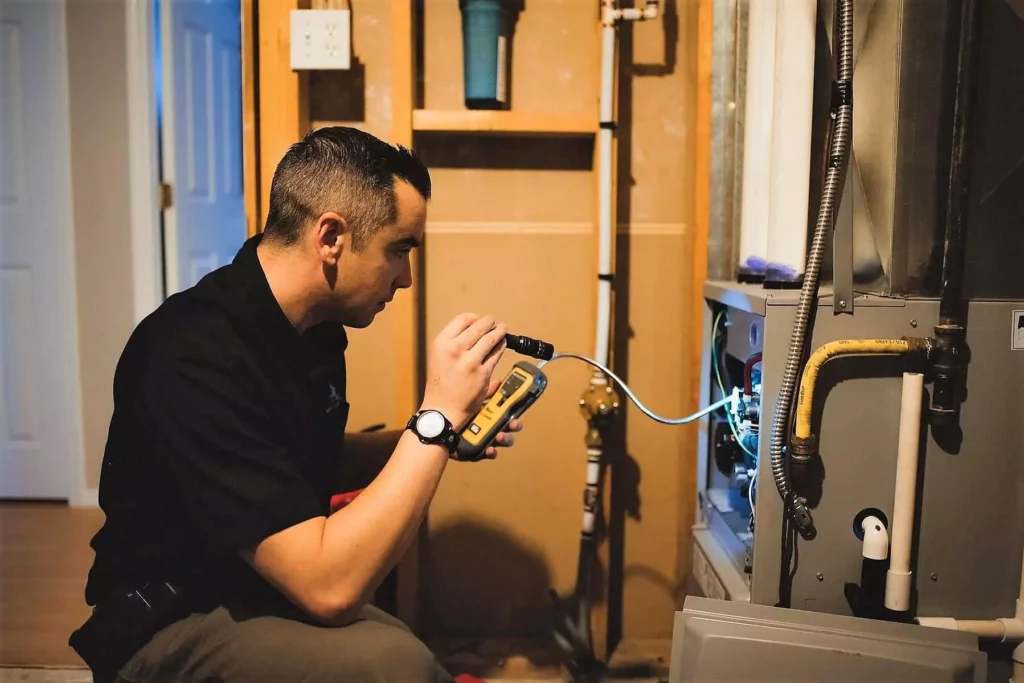
Ok, so I’ve already described how to test the pressure switch to see if it failed or not, and now I’m going to describe how to figure out what is causing the good pressure switch to trip.
First, you’ll need to understand the sequence of operations for the furnace heating cycle.
🔧 The Furnace Sequence of Events
Most furnaces go through the below sequence of events to provide a home with warm air.
- The furnace control board gets power.
- The thermostat sends a signal for the heat to turn on
- The inducer motor turns on
- The pressure switch proves the inducer is getting the correct pressures
- The ignitor initiates
- The gas valve energizes.
- The flame lights and enters the heat exchanger
- The flame sensor proves that the furnace burners are lit.
- The blower motor turns on and forces warm air through the ducts
With this article, we’re going to assume that your furnace only made it to step four, and now we need to figure out why the ignitor didn’t initiate.
If it did try to spark or glow orange, then your furnace problem isn’t the pressure switch.
🔥 Five Easy Things That Could Cause Your Pressure Switch to Trip
Each of the below examples happens regularly and can be fixed by following the repair instructions in our furnace repair article.
- A plugged port on the pressure switch hose between the collection chamber and the pressure switch
A clogged hose port could be caused by debris or water.
You can try removing the pressure switch hose and blowing it out to see if that solves the problem.
If it doesn’t, you may need a new hose.
- A blockage in either the fresh air intake pipe or the flue pipe
We see this often where I’m from. It’ll either be snow, ice, a child’s toy, or a critter that’s decided to nest in the pipe.
Clearing it can be difficult, so you may need to hire a professional HVAC contractor to do this.
- A diaphragm in the pressure switch that’s either ruptured or stuck
If your manometer has shown that your inducer is generating the correct pressures, then your pressure switch may have failed.
If this is the case, you may need a new pressure switch.
If a new pressure switch is needed, it can be purchased from most HVAC suppliers and changed out quickly.
- A pressure switch hose is kinked or damaged.
This is pretty simple to spot and can happen when a pressure switch tube rubs against the inducer motor cover.
A pressure switch hose can also be kinked when new parts are installed or during furnace maintenance.
- A pressure switch hose has water in it because of a condensate drain issue
If the condensate drain gets plugged for any reason, water will back up and eventually clog the pressure switch hose.
If this happens, you’ll need to unclog the drain to get it working properly again.
We have a complete article on how to unclog a condensate drain that will help you out.
🔥 Installing a Furnace Pressure Switch
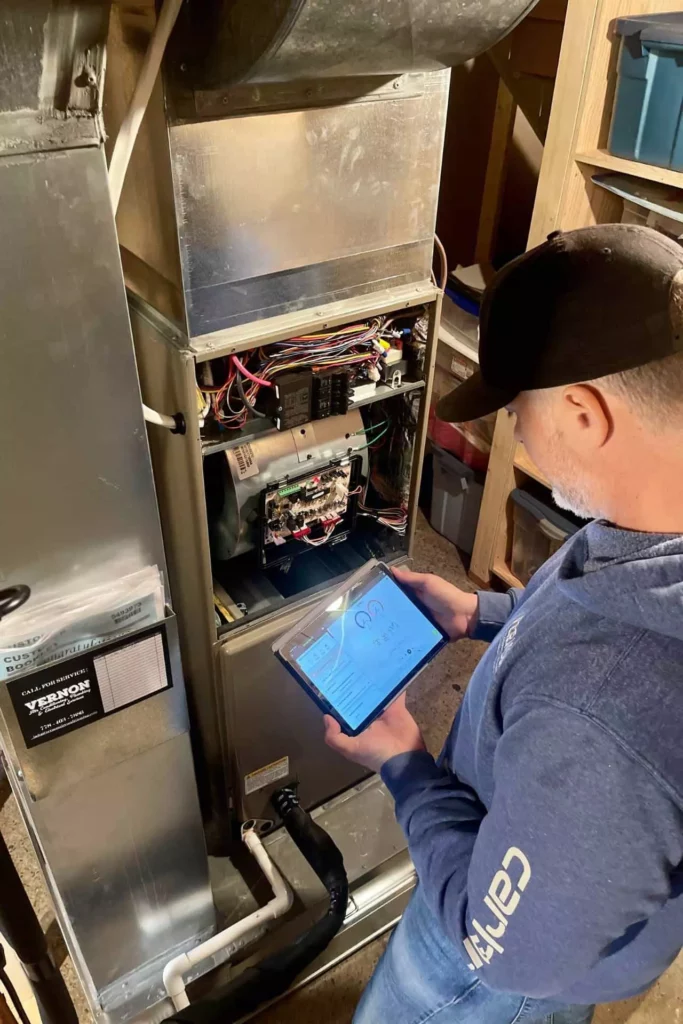
If the pressure fails and you need to replace it, it is extremely easy to do as it’s only a couple of screws and a couple of wires.
Take some photos before you start to ensure that the wires get put back on the right pressure switch terminals.
Also, make sure to turn the power off before starting to replace the pressure switch or before doing any furnace repairs.
🔥 Final Thoughts on Troubleshooting a Furnace Pressure Switch
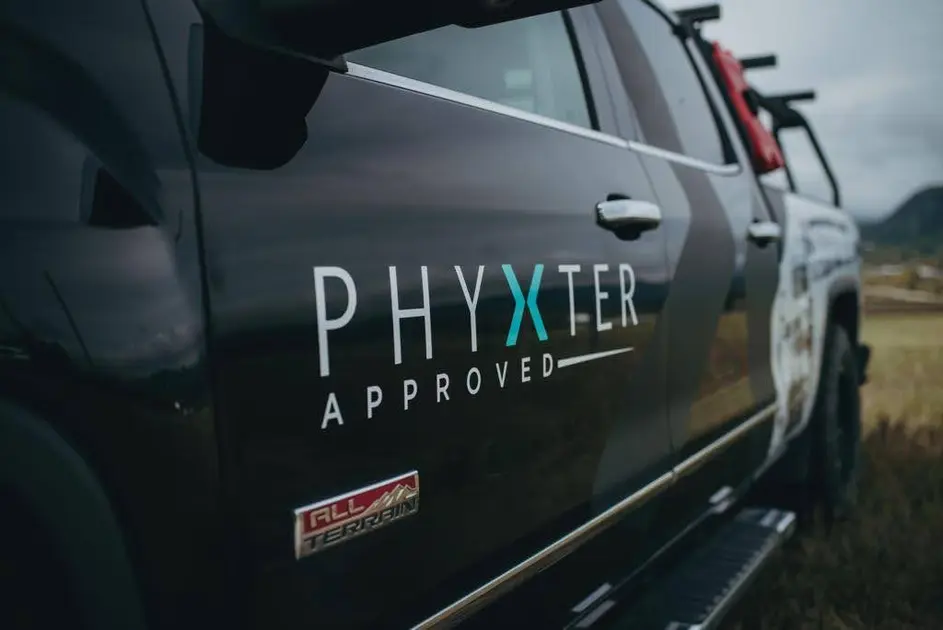
It is pretty rare to see a pressure switch failure, so you should go through the five repairs listed above before purchasing a manometer.
If you can confirm that the inducer fan is running, the flue vent is clear, the condensate drain is clear, and there are no broken or kinked pressure switch hoses, then it might be worth making that purchase.
Remember that if changed improperly, every component in a gas furnace can become a dangerous issue.
So, if you’re uncomfortable changing the pressure switch, you should call a professional HVAC contractor.
Want to learn more about furnace repair? Check out our complete furnace repair article here.

